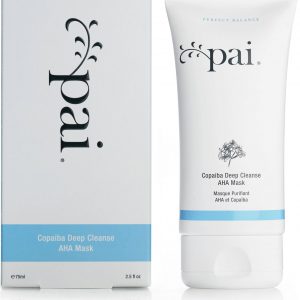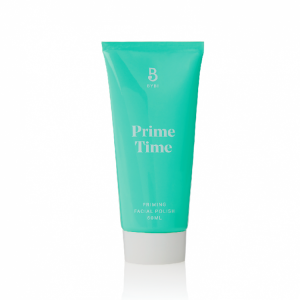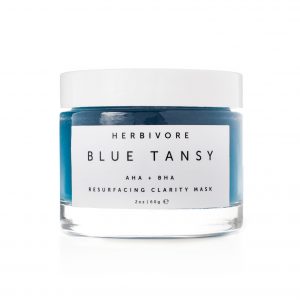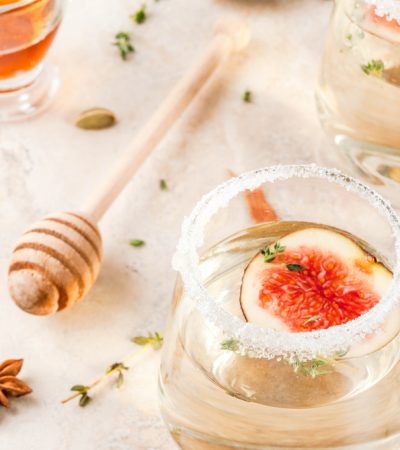You may have heard the term AHAs being thrown around the beauty world a lot recently, from The Ordinary’s 30% AHA serum to Mario Badescu’s Glycolic Acid Toner and Pixi’s Glow Tonic, they’re the skin care ingredient on everyone’s lips when it comes to creating flawless skin. Don’t have a clue what AHA means? Fear not, you’re not alone. Read on for our cheats guide to all things AHAs.
Firstly – what does AHAs even stand for? Answer: alpha hydroxy acids. Bit of a mouthful so it’s easy to see why they’re abbreviated. An acid may sound kind of scary in skincare but AHAs are actually a set of naturally occurring acids that are ridiculously effective for your skin and are also super gentle. They tend to be naturally derived from things like sugarcane, fruit and milk, but many AHAs in skincare are synthetically-produced counterparts. Examples of naturally-deriving AHAs include Glycolic, Lactic, Malic and Citric Acids.
AHAs are mainly used as a gentle, non-abrasive way to exfoliate without scrubbing at the face or using products with grains of abrasive ingredients that may lead to irritation or redness. When used in higher quantities, AHAs work to break down the substance that holds dead skin cells together. This makes them sensitive skin-friendly acids that help accelerate skin cell turnover and renewal to brighten, sweep away dead skin cells and smooth the skin’s surface. Basically, a resurfacing wonder ingredient that promotes new, fresh skin after every use with no redness.
AHA’s typically work best in leave on products as the acids take time to activate and eat away the dead skin cells. This means that looking for masks, peels, serums, creams or mists are the best way to ensure that you get AHAs in their full potency. Face masks are a hugely effective dose of AHAs where the effects are almost instant; their resurfacing power leaves skin bright, glowing and baby-soft.
Here’s our round-up of our favourite products with naturally derived AHAs:
Or alternatively, you can make an AHA treatment at home! Lactic acid is found in dairy products, so milk and yoghurt are a great base for an exfoliating face mask. Alternatively. Citric acid can be found in fruits such as orange and kiwi, and Malic acid can be found in apples – simply mash up and apply to face for brightening results!
words by Elsie Rutterford, Clean Beauty Co.

















